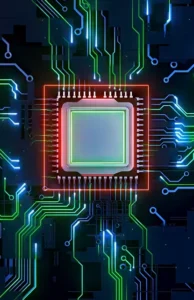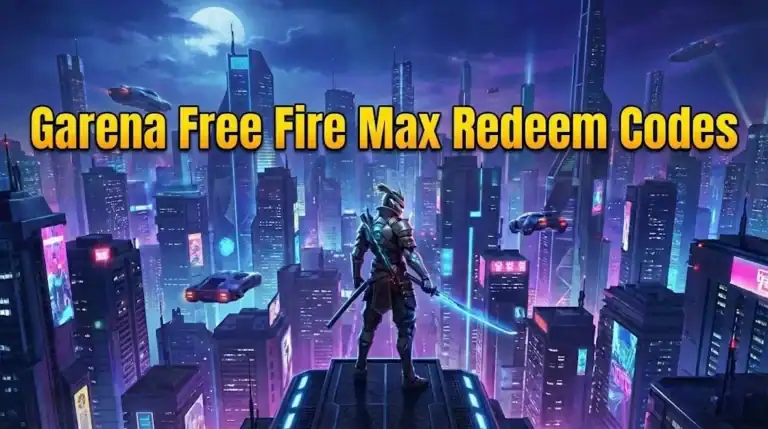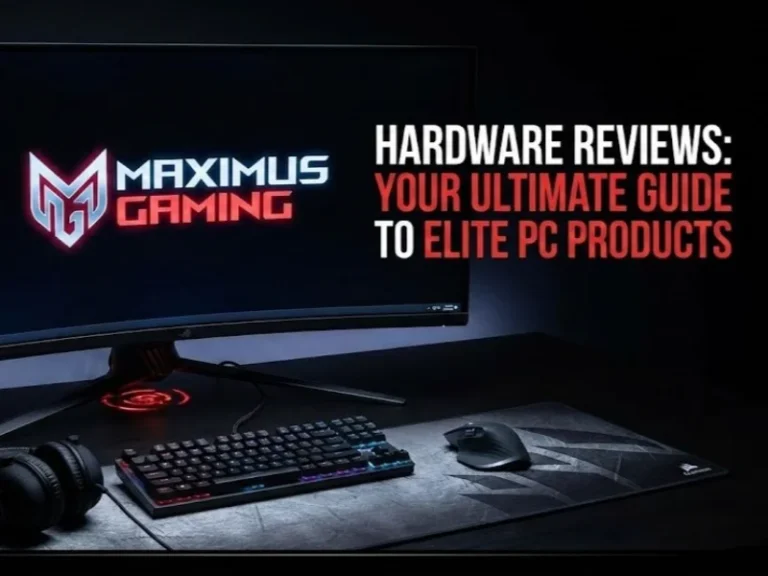While not a product yet, Sony and AMD have unveiled the GPU tech that will power the PS6. The big news is the introduction of two amazing new technologies: Radiance Cores and Neural Arrays. Both are poised to redefine next-gen gaming.
What Are Radiance Cores and Why Should You Care?
Radiance Cores are AMD’s evolution of GPU architecture. These are dedicated devices that perform only ray tracing and path tracing. That way, they won’t have the CPU or other parts of your system use up resources processing such intense effects, and can balance that work to shaders.
This tech was presented by AMD’s Jack Huynh, along with PS5 and PS5 Pro lead architect Mark Cerny. In their video, they explain that Radiance Cores support instant and unified light transport.
The key benefit is performance. It is not necessary to devote ray traversal by Radiance Cores on the GPU to other visual entities. Sharing the load reduces lag and produces clearer, faster graphics.
Why Radiance Cores Improve Your Gameplay
You’ll find that even older types of GPU architecture struggle somewhat with very advanced lighting. Ray tracing, especially, is hard on system resources, and developers are often left making compromises between frame rates and visual quality.
Radiance Cores solve this problem with specialized hardware. They have complete control over how rays are traversed. This specialization allows other components of the GPU to work on shaders without losing performance.
The integrated result is an overall productivity improvement. Games will theoretically be able to maintain a higher frame rate and offer more sophisticated lighting. That would allow a consistent 4K resolution display at (at least in theory) up to 120 frames per second.
Neural Arrays Bring AI-Driven Graphics Processing
Aside from Radiance Cores, Sony and AMD revealed Neural Arrays as another component. This breakthrough novel architecture facilitates parallel processing, eliminates system latency, and enhances computing power more than tenfold compared to conventional high-performance computing (HPC) systems as well as supercomputers. Neural Arrays don’t cut up data into little bits.
Shading engines are also connected with computing units in the pipeline system, as shown. This intelligent design also benefits from better capacity for the sharing of data and computing power.
One of the benefits, Cerny said, is that Neural Arrays can process huge swaths of the screen at once. This is game-changing for upscaling on a next-gen gaming console.
Advanced Compression Technology Reduces Loading Times
PlayStation 6 will have a custom compression system. This keeps the look but takes a big load off data load times. It may allow developers to stop worrying so much about optimization and start implementing more innovative game designs.
The compression is also responsible for the higher frame rates and improved graphics. It is also excellent for gaming, helping to prevent your SSD from becoming choked with data so that your games will run effectively. This is built on the SSD technology that was developed and launched with the PS5.
When Will PlayStation 6 Launch?

Mark Cerny vaguely gestured to timing during the presentation. All of these technologies are currently theoretical, he added. But so far, testing has gone well.
Cerny appeared very eager to bring such innovations to a future console “in the next handful of years.” He doesn’t offer an exact date, but if true, it would put the PlayStation 6 launch between 2027 and 2029.
AMD and Sony have had closer looks at it and more time to develop this tech. It also gives developers time to get to grips with new tools and features before the console launch.
Performance Expectations for Next-Generation Gaming

Most PlayStation 5 games available now are played at 60 frames per second. Some titles that lock you at 30 FPS are disappointing for many console owners of PS5, which goes far in saying a lot. The PS5 Pro improved without revolutionizing.
The PlayStation 6 has its eye on an offering of consistent 120 FPS at 4K – and in partnership with Radiance Cores and Neural Arrays, it should be achievable. A bit farther down the road, and ray tracing could become commonplace in games with no performance trade-offs.
There is also some vague talk of 8K support. Still, many experts are skeptical about its use in the field when it’s first rolled out. It’d be limited or weakened at the start due to the amount of content available and how many devices support it.
Potential PlayStation 6 Handheld Device

The company might as well release a PlayStation 6 handheld. From some very good rumors, you would be led to think so. The portable might share the same cutting-edge tech that powers the console. Faster GPU performance is now making this kind of device increasingly viable.
The successful handheld would be Sony’s second attempt at portable gaming. Those services had been available for PlayStation Portable and PlayStation Vita. And neither product was as successful as home consoles were. But the technology has moved on a bit.
Radiance Cores and Neural Arrays could mean real next-gen gaming in your hand, and finally get an efficiency boost. That would be up against Nintendo and fresh PC handhelds.
How This Stacks Up Against Modern Hardware

This is, at least, the utmost limits of tech today for PlayStation 5 and PS5 Pro. That makes it hard for the previous-gen machines to perform when you are aiming at a solid 60 FPS while keeping ray tracing active. Developers often throw in performance modes that dial down visuals for frame rates.
These are the types of workloads that have been optimized for by the new AMD RDNA architecture. Performance compromises are offset by custom hardware for ray tracing. This means that developers can implement more advanced lighting without players needing to trade off between looking good and being super responsive.
This is different from current GPU architectures that allocate all resources to all tasks. Specialized design means everything does its job really well.
Implications for PC Gaming Hardware

The company plans to bake these Radiance Cores into upcoming desktop GPUs. So PC gamers rejoice. You can bask in such technological favor. But the timeline for PC hardware can be a counterbalance to the console.
We’ll most likely get there faster if NVIDIA steps into the ring. Both companies have been pushing the envelope when it comes to ray tracing and AI-driven graphics. Now we will get to see how this innovation works with what Sony got with AMD.
Developer Benefits and Creative Possibilities
Game developers are in a perpetual and oftentimes disheartening struggle to find that sweet spot between the visuals they dream of creating and the performance trade-offs that are inevitably made. More and better hardware means artistic freedom no longer on a budget, but without new technical limitations.
The universal compression system allows for easy data management. Developers can focus on art, not hacks. With no code acrobatics required, the faster load times lead to better player experiences.
Neural Arrays can drive more AI-based graphics techniques. One of the possibilities will be to use machine learning to make upscaling better, anti-aliasing, and other visual improvements in general. For studios of smaller size, these are the tools that enable AAA visual quality.
The Future of Console Gaming
Sony and AMD are not just tweaking specs. They are rethinking entirely how console hardware operates, at its very core. It’s not just about brute strength but clever deployment of resources and processing functions.
This mindset is in line with the industry at large. Modern game development needs a mix of technical and creative capability. Hardware should be enabling creative dreams, not suppressing them.
Cloud gaming is improving, but local hardware still does not feel obsolete. Sony knows people are looking for an instant high-quality experience. The PlayStation 6 is a testament to the company’s dedication to new and high-technology gaming.
Closing Words About the Tech of PlayStation 6
Sony’s collaboration with AMD looks like it’s going to be a winner for console gaming. Radiance Cores and Neural Arrays take aim at a perennial performance problem. This could also potentially signal a long-anticipated leap forward for lovers of buttery smooth gaming at 4K and 120 FPS.
The PlayStation 6 is a long way off, but the tech we currently have a clearer picture of shows where Sony is heading. Sony’s well aware of current hardware limitations and has addressed them directly. The next generation should not only have more power but also a smarter design.
But gamers should still wait and see. There are no prizes for simulation results, though; only the real world counts. More details and specs will be released as the project moves forward.
The PlayStation 6 isn’t just a hardware refresh. It’s a glimpse of the future of interactive entertainment, and one that removes technical limitations to unleash creators’ imaginations.


















